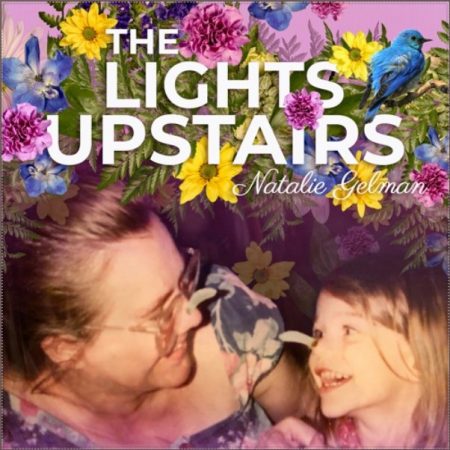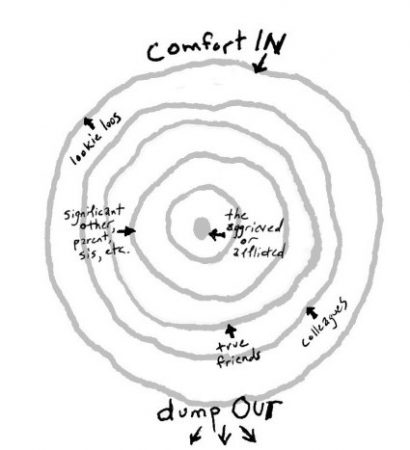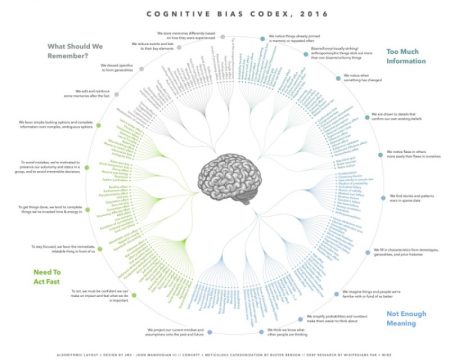The Natural Cure for Burnout Is Profound and Utter Awe
Goosebumps! Not a month goes by that I don’t feel goosebumps when I talk with caregivers and people with dementia. They are the heroes who cope despite life’s obstacles. The heartbroken caregiver whose wife with Alzheimer’s no longer recognizes him. The person with dementia who forges on despite feeling lost in life. When you experience burnout, fatigue, anxiety, and dread rooted in chronic stress, find moments to feel awe! “… awe is tied directly to feelings of expansiveness, transcendence, and connection… actively seek out experiences that nurture your own hunger for awe.” A hike in the woods? A visit to a museum? Viewing a sunset? Enjoy music or volunteering? Find what gives you the reason to feel a powerful sense of awe.
Caregiving Gratitude from Family Caregivers
[1/9/2024 TCV Update: Homewatch Caregivers URL no longer available.] Three family caregivers, Dr. Barry Jacobs, Lisa Shultz, and Brenda Avadian (me) share their moments of gratitude while caring for their parents. Shultz completes the circle of life. “It is an honor to care for my mom as she prepares to exit this world because she cared for me as I entered it.” Dr. Jacobs observes, “Even when overwhelmed by the nitty-gritty daily details of caregiving, I also knew I would look back at that time and feel proud of myself for choosing to do the right thing… I am glad for all I did. It has given me the confidence that I can hang tough and persevere through other difficult passages in life.” I write about how my life as a caregiver grew much easier after discovering the Diamond Tip of Caregiving (hint: it goes beyond the Golden Rule).

The Lights Upstairs – A Daughter’s Song in Memory of her Mom
Nobody cares if the lights aren’t on upstairs. If the words don’t come so easy after a while… You could lose all the memories you made with me…But they’re still in my heart.
Songwriter, Natalie Gelman, sings this beautiful original folk-pop-style piece about dementia for her mom who died of Alzheimer’s last year.
How Not to Say the Wrong Thing

“Comfort in – Dump Out” is the essence of this opinion piece by Susan Silk and Barry Goldman. While she lived with breast cancer, people often said the wrong things. Silk developed the Ring Theory to help people know what to say in a variety of crises, including medical, financial, and relationship. Essentially, the person living the crisis is in the center ring. All revolves around that person and s/he can say anything to those in the outer rings. The people in the rings around the person living the crisis need to listen, and provide comfort and support to those in the inner rings (Comfort In). They’re welcome to whine and complain to those in the outer rings (Dump Out). Insightful perspective making it easy to manage difficult conversations.
Being Aware of Cognitive Bias

How we see or remember things is not entirely accurate. This article by Buster Benson helps us to see the areas we miss and how we alter details to remember and why. An important piece to read and reread for insights on and reminders of how we cope with too much information and details that don’t agree with us. A diagram at the end of the article deserves closer attention. Growing aware of our cognitive biases will pay dividends over time in how we view life, react, and make decisions.








